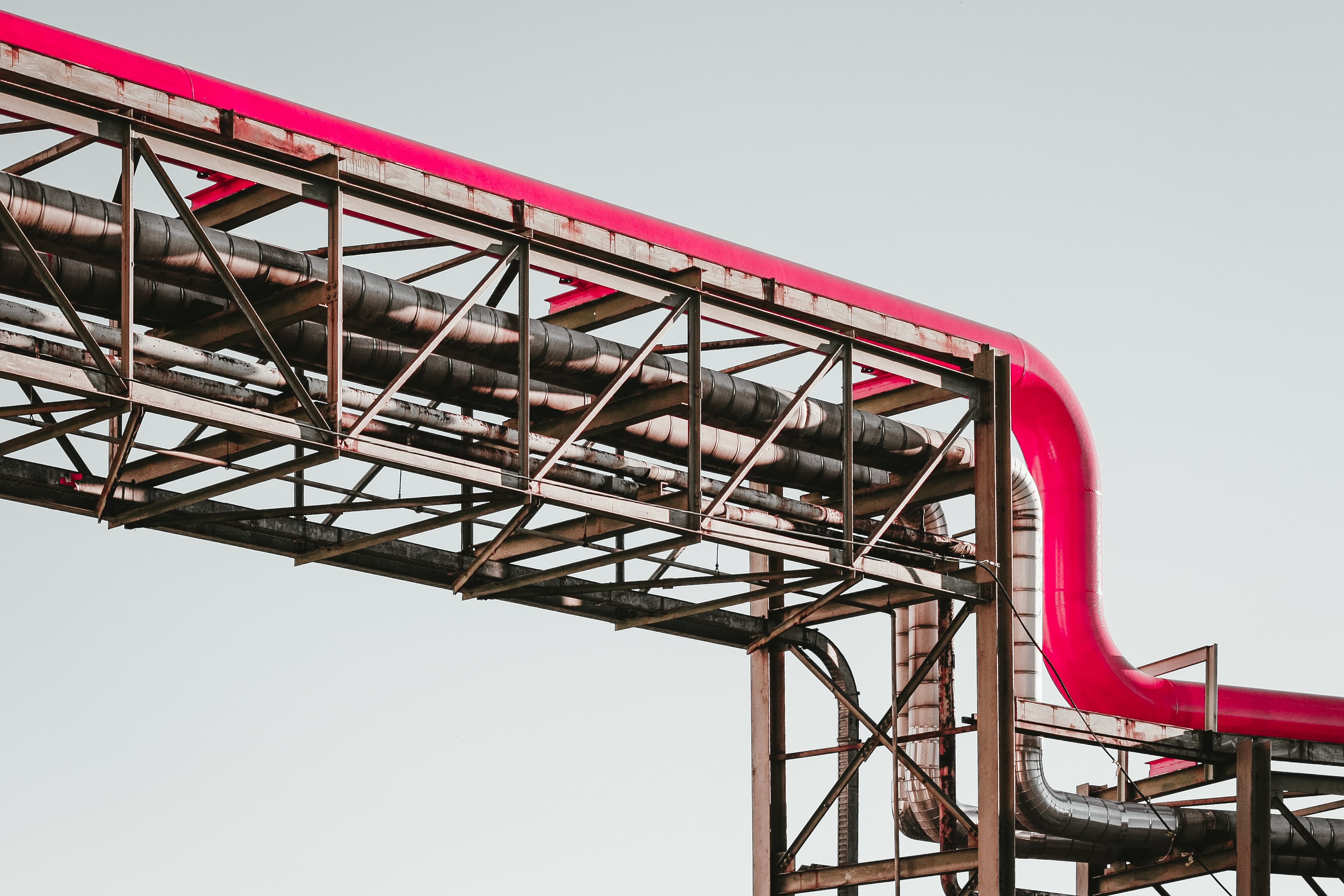
Design and implement SF6-free solutions for the grid
 National Grid
National GridSummary
Decrease SF6 emissions by establishing cross-sector partnerships to identify, design, develop and implement SF6-free assets
Key resources
Context
Sulphur hexafluoride – also known as SF6 – is a synthetic, odorless gas used in the electricity industry (1) for insulation to keep networks running safely and reliably. As a longstanding contributor to global warming, SF6 is one of the most potent known greenhouse gases (2). It is estimated that, over a 100-year period, its global warming potential is 23,500 higher than the one of CO2 (IPPC, AR5).
Today, SF6 leakages are one of the most material operation emissions sources for the UK’s National Grid, representing a 4% of Scope 1 and 2 emissions in 2022. The company has committed to reduce SF6 emissions from its global operations by 50% by 2030. It also has an ambition to eliminate all SF6 gas from its assets by 2050.
While leak detection and repair remain a strategic priority, developing and implementing SF6 free assets is essential to meet those targets.
Solution
For the last decade, the National Grid has worked with partners to identify, develop and implement SF6-free solutions.
In 2017, an industry milestone was achieved with the energization of the first SF6-free 420 kV gas-insulated line on its South-East England network. The introduction of the g-cubed (G3) solution provided an opportunity for the National Grid to be at the forefront of new technology development.
The company has continued to take opportunities to adopt SF6-free technologies in the UK:
Only SF6-free technology for 132kV applications will be deployed, where these technologies are now commercially available
At higher voltages, where technology development is still ongoing, there is a commitment to hybrid SF6/SF6-free projects, which could dramatically reduce the amount of SF6 installed. The company will adopt fully SF6-free solutions as they become available
At the Richborough 400kV substation in the UK, working in close collaboration with the original equipment manufacturer (OEM), the National Grid has commissioned a pilot project to remove SF6 from an existing gas insulated busbar and replace it with an alternative gas, delivering around 99% reduction in greenhouse gas emissions
Further, in the US, it collaborated with circuit breaker manufacturers to explore available SF6 alternatives. As a result, the company has ordered a 115kV vacuum circuit breaker for delivery in 2023.
The National Grid also piloted a non-SF6 69 kV vacuum circuit breaker in 2012, and has since installed an additional twelve 69 kV vacuum circuit breakers. Finally, it has formed a partnership with The Electric Power Research Institute (EPRI), a US-based non-profit research and development organization, for the monitoring and evaluation of SF6 alternatives.
Impact
Climate impact
Targeted emission sources
Scope 1 emissions. SF6 leakages represented 4% of the company Scope 1 and 2 emissions in 2022.
Decarbonization impact
The pilot project at the Richborough 400kV substation has replaced 755kg of SF6, requiring minimal changes to equipment. This technique has the potential to remove around 28,000kg of SF6 from assets of the same design across our UK network. The National Grid will be working with all key OEMs to explore further opportunities.
The National Grid Ventures business asset replacement program estimates a reduction in SF6 emissions by over 70% at the IFA interconnector sub-station, by 2025.
Impact beyond climate
Co-benefits
By letting manufacturers know utilities are in the market for more sustainable solutions, the company aims to reduce its direct emissions and advance the US market, offering cleaner options for all buyers.
Potential side-effects
This solution is currently in the trial stage, so there are currently no known side effects. As the trial and implementation process continues, side effects will be assessed to ensure a fair transition across all the National Grid's work.
Implementation
Stakeholders involved
Partnership with the Electric Power Research Institute (EPRI), a US-based non-profit research and development organization, for the monitoring and evaluation of SF6 alternatives
Close collaboration with original equipment manufacturers (OEMs) and circuit breaker manufacturers
Key parameters to consider
Solution maturity: As these are currently no established technologies, the company is ensuring rigorous tests on its own network to ensure that it meets the required safety and reliability standards
Lifetime: Not yet known – presumed to be 30 plus years.